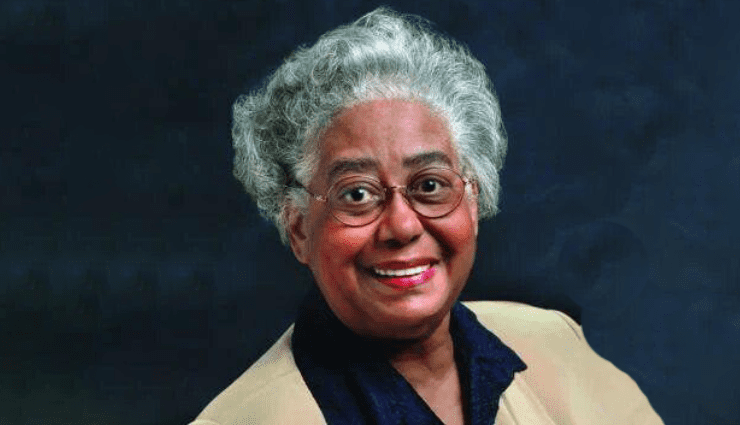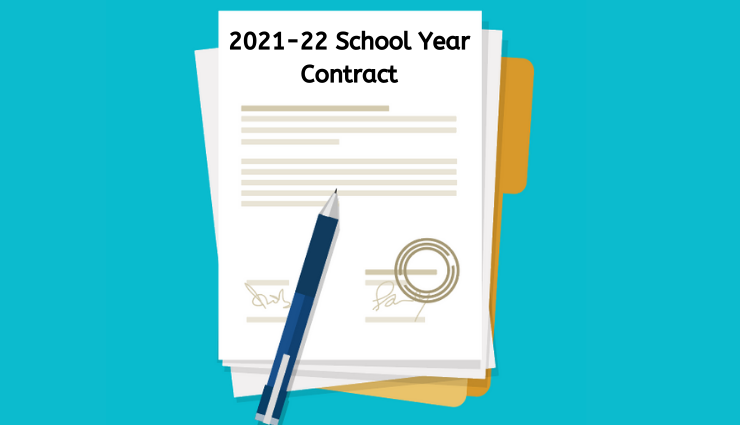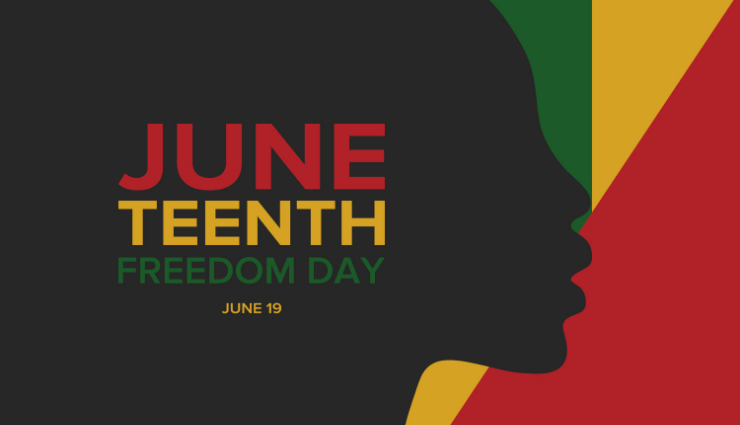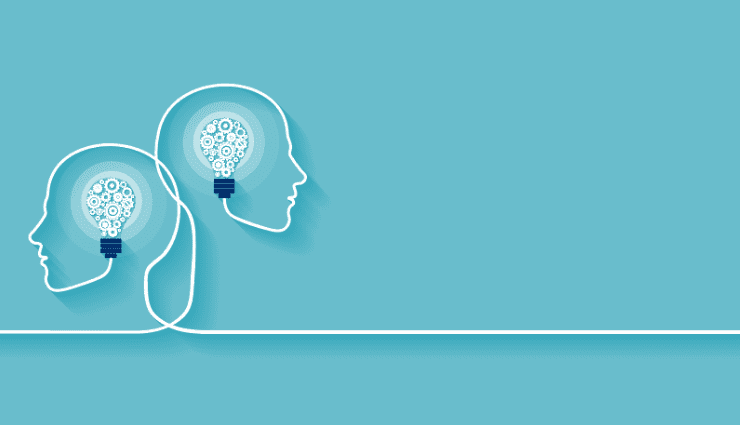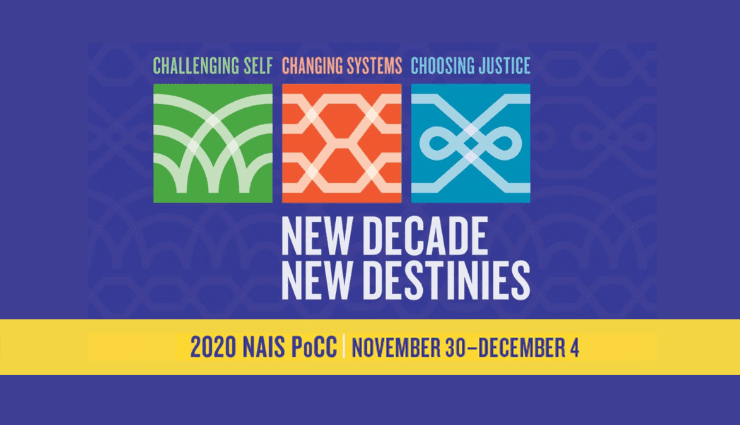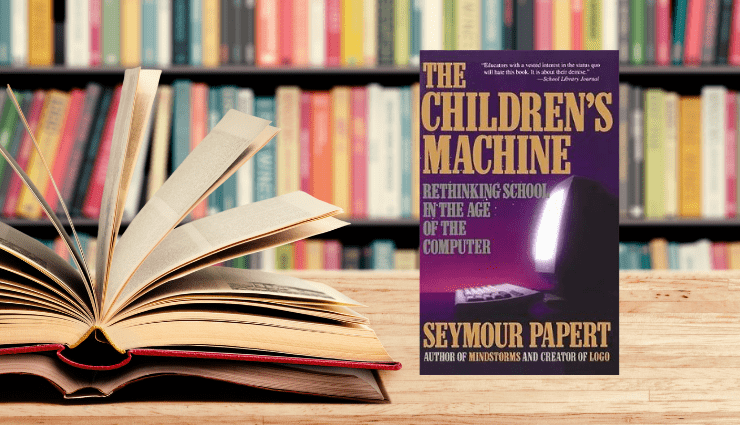Keeping the Personal in Personalized Learning
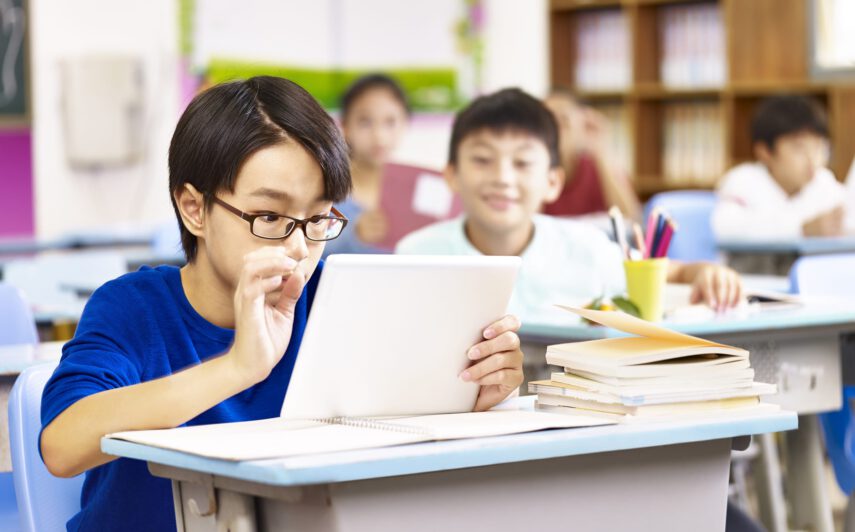
I recently took part in an Education Week online forum on personalized learning — a three-hour event that brought experts, researchers, and educators together, along with some Education Week corporate “sponsors.” The concept of “personalized learning” has been around a long time, of course. One could argue that education has always been personalized, to varying degrees. But the term itself has climbed back into the education spotlight in recent months, and like just about every hot topic in education, it has hatched heated debate — with most viewpoints based primarily on how one sees the term being applied, or on what one hopes to gain by embracing a particular perspective.
So I wanted to listen in on the conversation, get a better sense of what educators and experts are thinking and doing in the wide-ranging realm of personalized learning. I wanted to see if I could make better sense of the term today — and what it means for schools.
What I heard was partly what I expected to hear. On the one hand, most educators agree that creating thoughtful programs that adapt as much as possible to the individual needs and interests of each student is a positive step. The expectation today is that our schools — our 21st century schools — need to move rapidly away from the factory-based model of the 20th century that focuses predominantly on group lessons and group testing.
On the other hand, many of the programs that claim to address personalized learning in innovative ways these days tend to over-emphasize the use of technology and, according to their critics, have ironically made education less personal — that is, exchanging teacher-student interactions for more student time alone at computer terminals. In these circles, “personalized learning” feels like one of those Orwellian terms used to hoodwink educators into accepting institutional changes that primarily enrich ed-tech companies while being the near polar opposite of their claims.
The bottom line for critics of excessively tech-focused “personalized learning” programs is that no matter how good a computer program’s algorithm might be at adapting to an individual student, quality education should never be primarily about students sitting alone and pushing buttons in response to computer prompts.
What caught my attention in this event was the clear, vocal, and palpable frustration among many of the teachers who logged in. They expressed deep concern with the supposed education “reform” efforts that promote personalized learning but that often seem to be more about selling expensive products and services. They wanted to know as much as possible about what the research says about these kinds of personalized learning programs. They were also interested to know which schools, if any, were making programmatic changes that truly improve student engagement and learning.
One educator represented this perspective well. He wrote:
The idea of personalizing learning seems worthy of support, albeit not if it diminishes the social/motivational aspects of deep learning, which happens in connection with real teachers and peers. Let’s be honest — most of what we are talking about is computer- or algorithm-based learning when we use the “Personalized” description. True personalized learning requires more face-to-face interaction, not less, and computer algorithms will never replace the judgment of a skilled and — I daresay — loving teacher.
This struck me as one of the key challenges (and tensions) for education today — finding ways to improve our programs so that all students are both learning at high levels and are emotionally, intellectually, and socially engaged.
In our increasingly agile tech age, the tendency is to think most everything should be personalized to the nth degree and that technology should be at the heart of the shift. For past 50 years at least, the predominant education model has been to develop a thoughtful curriculum and teach it to all students at the same time. In this system, some learn more than others in a given year, but everyone who crosses the basic threshold moves along to the next grade. Each year, teachers start over with a new group of students, teaching them essentially the same body of information and the same skills. Teach. Test. Promote.
We know that the 20th-century model makes little sense today. It’s not so much a question of the need to teach all students core skills and knowledge, in addition to anything else they might learn. It’s more a question of how we teach (or fail to teach) each and every student. The current system rewards certain students and punishes others fairly consistently. It has resulted in persistent and troubling dropout rates. It ensures that a steady percentage of students proceed to college, but leaves too many on the outside looking in. And of those who go to college, too many drop out before graduation. In this way, education becomes an uncomfortable cultural sorting machine.
We know all this, and yet we don’t quite see the shared path forward. So the conversation on personalized education takes on a greater sense of urgency and scrutiny. I suspect it will be a dominant topic in 2019 in schools and at education conferences. It’s a conversation taking place in public, charter, and private schools alike. It’s also a core conversation taking place at the collegiate level.
Because a college education is a choice rather than a requirement, the question of personalization leads in various directions. It’s not just about offering a wide range of majors or offering a greater range of courses within a major on a traditional campus, it’s also about offering alternative pathways to getting one’s degree. So we are seeing more online course offerings and more blended learning models that mix online learning with low-residencies or even programs that mix course study with work internships.
The traditional college and university is still going strong, but according to a Babson College study around 33% of college students take at least one online course now. An increasing number of students are getting their degrees through some form of blended learning program. For many of the students involved in these alternative programs, the driving factor is often financial. With the rising cost of college and the uncertainty of a strong financial future, more and more young adults are looking for ways to limit the amount of college debt they take on.
There is much (positive and negative) that the precollegiate world can learn from efforts in personalization at the college and university level. But there are important differences, too, which ultimately require schools to find their own pathways.
As I see it, we are in the middle of a fascinating and challenging transition period for formal education that raises more questions than solutions. It would be nice if we could simply jump to the solutions, but shortcuts in education rarely work. So we have to talk. We have to debate. We have to share what we know — both our successes and failures. What we cannot do, however, is live in the past. How we approach schooling is changing and if we want to offer a relevant, valuable education program, we have to adapt.
At the start of “Pathways to Personalization” (Harvard Education Press, 2018), the authors highlight a 2015 report by Saro Mohammed from The Learning Accelerator that supports efforts in blended learning programs that focus on personalized learning. In particular, the report notes, students thrive best when:
- the group size is small;
- teachers use formative assessment to inform instruction;
- instruction is aligned with student needs;
- students have time for both guided and independent practice; and
- students have some control over learning goals, pathways, and pace.
There’s nothing particularly surprising on this list, but it raises questions for schools — especially public schools — that have been designed around group instruction and traditional grading.
A short list of questions:
- Can we adapt personalized learning in a traditional classroom or do we have to completely rework the curriculum and outcome goals?
- In a flexible, personalized program, what happens to the core knowledge needed for success on standardized tests?
- If individualizing the pace of learning is essential, should we stop teaching students in grade levels? And how would we manage the process of hundreds of students learning at their own pace?
- Can we still teach collaboration and other social skills in highly individualized programs?
- Should we abandon our current school system altogether and start over? Is that even a possibility?
A key problem, of course, is that any conversation on personalized learning gets tangled in the conversation about the role of technology vs. the role of the teacher. It gets tripped up by questions of school funding and class size — with more than a few bureaucrats latching on to the idea that we can save money and offer a more “efficient” education by hiring fewer teachers (and paying them less) while investing in more computer technology and ed-tech programs that drill students all day. But most education experts roll their eyes at this latter notion — believing that the best education always involves a close student-to-teacher relationship. They argue — and research supports them — that we need people to have a personalized school program.
An Education Week article on personalized learning underscores this need:
“A national survey released in June by the International Association for K-12 Online Learning, or iNACOL, which advocates for better use of digital learning in schools, found teachers in personalized learning schools reported less familiarity with their students and their lives outside of school, and less focus on students’ interests and motivations, than their colleagues in traditional schools.”
The University of Chicago Consortium on School Research compared traditional face-to-face classes with online, personalized learning programs and also discovered that the students learned more in the face-to-face classes, even when the classes were not “efficiently” run.
I’m tempted to rage about the problems of technology in the classroom. But, in truth, technology is just technology. Some of it is downright amazing. While at its core, education is a human driven activity, and we have always used technology that we’ve thought would help us. Consider chalk and chalkboards, the pencil and pencil sharpener, calculators and microscopes. The internet and iPad and AI programs are just such tools.
But technology and personalized learning are not synonymous. Not even close. Putting students in front of computer screens and asking them to push keys all day may, technically, fall into the category of personalized learning, but it’s not a healthy choice. It’s not the sort of image one brings to mind when thinking about an education that is customized to meet a child’s real needs.
Most of the problems in public education arise from the pressures of politics and the complexity of large systems. So improving the personalization in education morphs into conversations about school choice and technology, with large contracts given out to for-profit ed-tech companies that promise the moon but rarely deliver. This is what teachers who logged into the Education Week seminar were concerned about. They weren’t arguing against change. They weren’t opposed to folding valuable learning technology into their classes. They weren’t rejecting the value of more personalization in education. But they know better than to believe that putting more students in front of more computers would improve learning by itself. What they wanted to know is who is making the transition to more blended learning well and how are they doing it.
Independent schools don’t have the systemic challenges of public education, but they, too, wrestle with questions about how to adapt their programs to an era of greater personalization. In an American era in which “innovation” seems to be the guiding light, it’s difficult for schools to hold too tightly to traditions and ignore the changing world. So independent schools have to face the question of how to evolve their programs so that they feel relevant for the current generation of students and parents.
What I’ve learned is that, in both public and private schools, most of the success in creating innovative programs that increase the personalization of learning arises from thoughtful grassroots approaches to change. But none of it comes easy. What I’ve also come to believe is that the best way forward with personalization is to think about improving student-centered, personalized practices as a matter of improving the quality of the program and of improving equity — improving the learning experience for all students. What we’re trying to accomplish is incredibly complex: a school program with clear goals and outcomes that also adapts to the individual needs and challenges and strengths of each and every student. We are wrestling with questions of acculturation and self-actualization, as well as the expectations of college admissions offices. We’re debating the question of who owns a child’s mind. We are weighing the levels of personal and technological engagement.
In “Pathways to Personalization,” the authors work hard to help educators navigate these questions and to develop a framework for school change that seems right for our times and highlight promising experiments in blended learning. As the authors make clear, “Personalized learning should not be leveraged for the sake of technology or innovation; it should be connected to a specific problem of practice” (italics mine). To uncover problems of practice, they say, schools need to engage in a detailed “internal audit of their most pressing needs before looking externally for resources models.”
The good news is that pathways are starting to become clearer. As the authors of “Pathways to Personalization” note, three core elements of personalized learning are starting to crystalize — through a focus on:
- differentiated and scaffolded learning (based on current proficiency levels, cognitive skills, and social-emotional profiles);
- competency- and mastery-based pacing; and
- higher levels of student agency.
Because no school can change overnight, the authors also outline a logical process for the shift from a traditional program to a more personalized one — noting the various transitional stages. They offer their views of what a “fully personalized” program looks like. I doubt all educators will agree that their school should ultimately blend online and face-to-face learning in just this way, but I’m sure it’s useful to have a vision to consider. What I find particularly valuable about this book is the detailed process of engaging adults in the school in conversation about institutional change — a process that involves being clear about needs, creating pilot programs, evaluating those pilot programs, then refining and rebuilding and scaling up changes. At the same time, the authors argue for personalizing ongoing professional development for all educators so that they are constantly growing in their own knowledge and skills. The latter point is key. In an era of such constant change, we need to both involve and support teachers. Sadly, one of the feelings I picked up from the teachers in the Education Week seminar is that they don’t feel involved and supported as well as they would like.
For me, the delightful irony in the process of shifting our schools toward more personalized programs that use technology wisely is that we don’t need top-down decision-making driven by ed-tech sales pitches. We need smart and loving teachers to be at the core of the process. We need technology to be in service to the fully human process of self-actualization in a supportive, evolving culture.
The schools I admire most, both public and private, understand this later point well. Because of them, I feel optimistic about the future of schools — which, of course, is central to the future of humanity and the world around us.
Michael Brosnan is an independent writer and editor with a particular interest in education and social change. His latest book of poetry, “The Sovereignty of the Accidental,” was published by Harbor Mountain Press. He can be reached at michaelbrosnan54@gmail.com.

